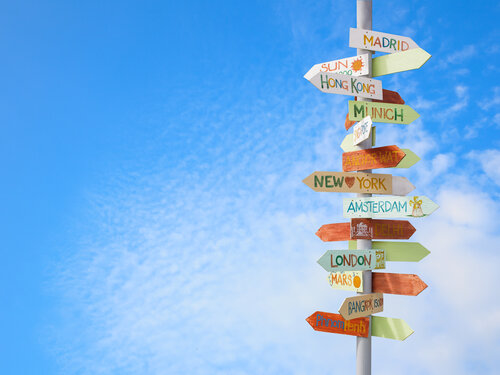
Every month as part of our The State of the American Traveler Study, Destination Analysts asks 4,000 panelists to share—in an open-ended format—which domestic and foreign destinations are at the top of their travel lists for the next 12 months. Here are the top 3 domestic and top 3 international destinations for U.S. travelers as of September 2022.
_______
Domestic Destinations
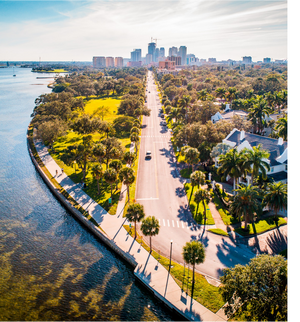 #1 – Florida
#1 – Florida
Overall, 15.7% of U.S. travelers has Florida on their top list of domestic places to go in the next year.
Florida is particularly popular with those travelers who are most excited about going on workcations (20.4%) or guy getaways (19.6%) this year.
Americans were most likely to have Florida on their radar because of—unsurprisingly—its beaches and water sports (26.0%), and theme/amusement parks (25.5%), but also because their friends and family live there (18.2%).
The state is certainly inspiring the younger set. Gen Z-age travelers (22.1%) had the highest likelihood among the generations to name Florida as one of their top domestic destinations for the next year. Looking at American travelers by region, those in the Northeast (21.9%) and Midwest (19.5%) were the likeliest to name Florida as one of their picks for near-term travel, compared to only 7.9% of travelers in the West.
_______
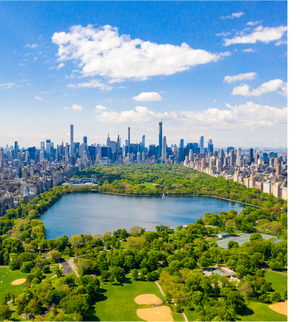 #2 – New York
#2 – New York
New York is just behind Florida with 14.9% of U.S. travelers naming it as a desired destination in the near-term.
Given New York’s penchant for both serious business and serious fun, we weren’t surprised to find that it tops the list for travelers who say they are most excited about taking bleisure trips (20.3%) and workcations (20.3%).
The top reasons behind Americans motivations to visit New York include the city’s arts & culture (27.1%), its nightlife (25.7%), and shopping (23.3%).
New York scored the highest among Millennials (18.4%), while Boomers were much less likely to have it on their radar (10.6%). New York was also much more popular among non-Caucasian identifying travelers, particularly Black/African-American (29.0%) and Asian (25.6%) travelers.
_______
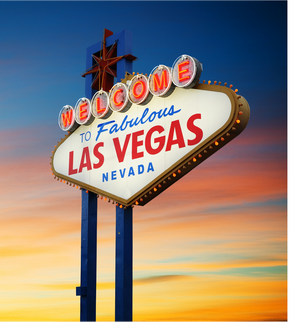 #3 – Las Vegas
#3 – Las Vegas
Coming in at a strong third place is Las Vegas (12.3%).
Over one-third of U.S travelers named Las Vegas as one of their top domestic destinations they most want to visit in the next year. What’s inspiring these travelers to have Vegas on their minds? The city’s nightlife (34.7%), mysterious or exotic quality (25.0%) and many shopping opportunities (21.5%).
Las Vegas was the top pick among American travelers who identify as Asian (28.4%). Las Vegas also wins the West—those who live in the Western region of the U.S. were significantly more likely to select Las Vegas (19.8%), compared to other parts of the country.
_______
_______
_______
_______
_______
International Destinations
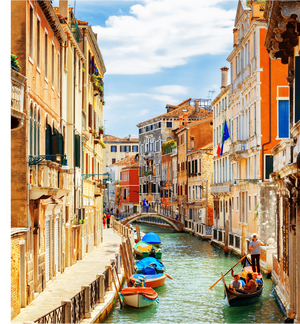 #1 – Italy
#1 – Italy
The love for Italy is clear. When asked to list the international destinations they most want to travel to in the next year, Italy came out on top, with 18.7% naming the country as where they aspire to visit.
Italy is especially popular with travelers who are most excited about taking girlfriend trips (20.5%), romantic getaways (20.4%), and family trips (20.2%).
Interestingly, Italy is even inspiring to those who are a bit more pessimistic about their travel plans in the coming year. Those travelers who said they expected their leisure travel spending to decrease in the next year relative to this year were even more likely than travel-spending-optimists to have Italy on top of their list (23.9% vs 19.0%).
Italy was most likely to be listed by Gen Z-age travelers (22.2%), although it was by far and away the most-cited destination across all age groups. Looking at breakouts by ethnicity, we found that it was the most popular choice for Hispanic/Latino identifying travelers (29.2%).
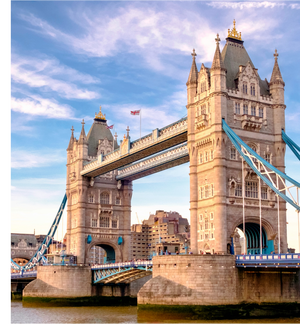 _______
_______
_______
#2 – United Kingdom
The United Kingdom took the silver for Americans’ top international destination picks, with 13.5% naming it as where they most want to visit.
Very interestingly, the UK has an edge among travelers who are most excited about solo trips (16.0%).
Illustrative of a diverse set of appealing destination assets, those dreaming about traveling to the UK were as likely to be Gen Z (15.6%) as Boomer-age (15.7%).
_______
_______
_______
_______
_______
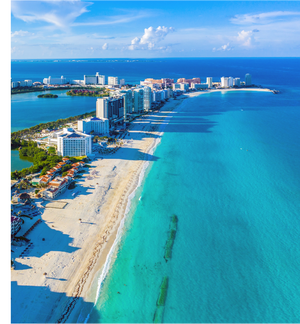 #3 – Mexico
#3 – Mexico
Americans continued to show Mexico their love, with 13.2% of U.S. travelers listing it as one of their top most desired international destinations for the next year.
Looking at who selected Mexico based on what kind of travel most excites them, we found that Mexico was most popular among those who are looking forward to girlfriend trips (15.3%), solo trips (14.7%), and romantic getaways (14.5%).
While beloved by many Americans, Mexico may have to compete a little harder for younger travelers attention. For example, while Gen Z represented the greatest proportion of those naming Mexico as one of the top international destinations they want to visit (15.3%), Mexico came in behind Italy, Japan and Canada for that age group. Perhaps unsurprisingly, Mexico had the highest share among Hispanic/Latino travelers (19.9%).
_______
_______
Interested in finding out who else made the list? Curious where your destination ranks? Learn more about how to access the full findings for The State of the American Traveler Study here.
_______
To get notifications about more of our latest findings, sign up here!
And for any other research needs, please feel free to check out our vast array of services here.



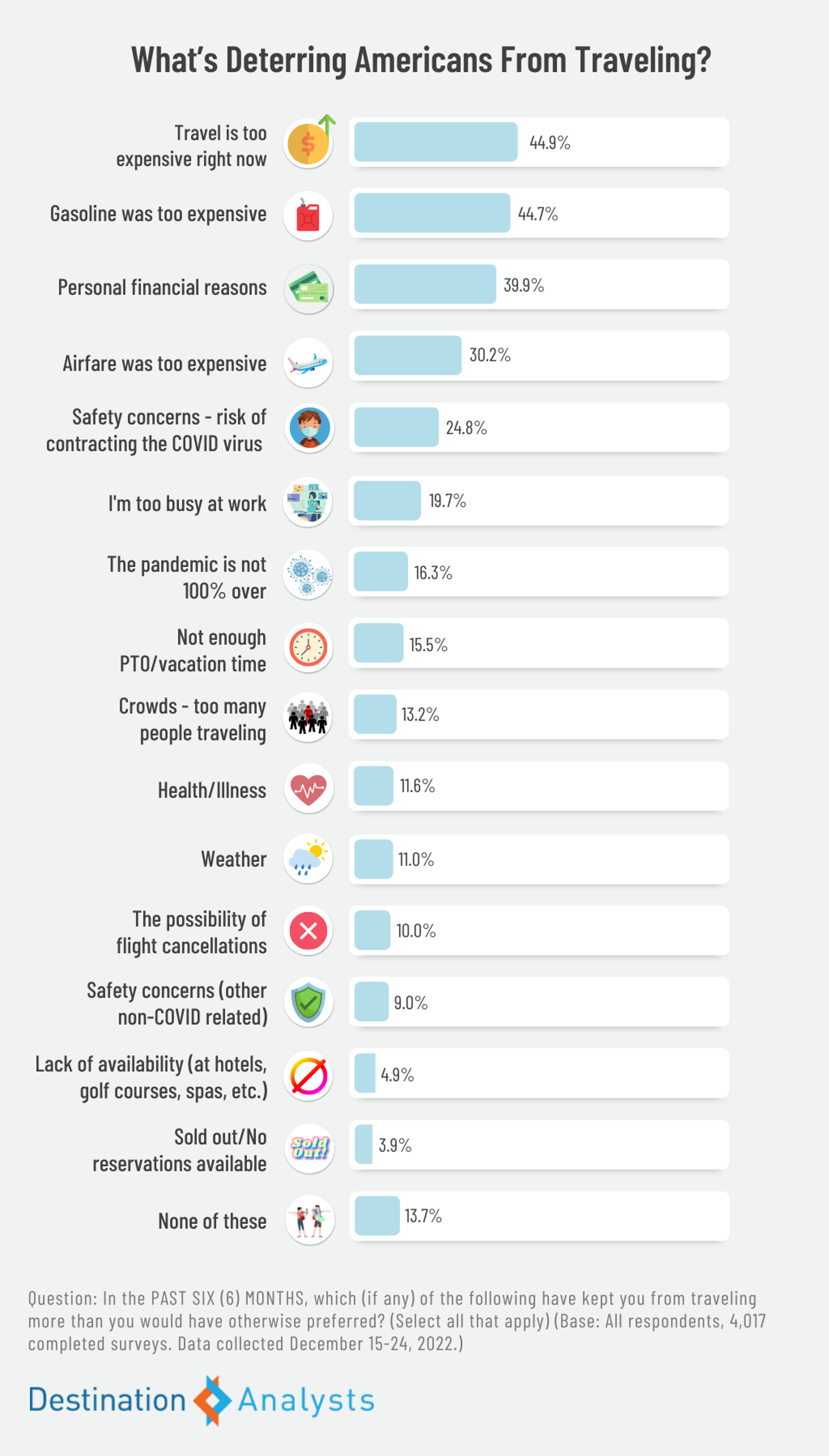

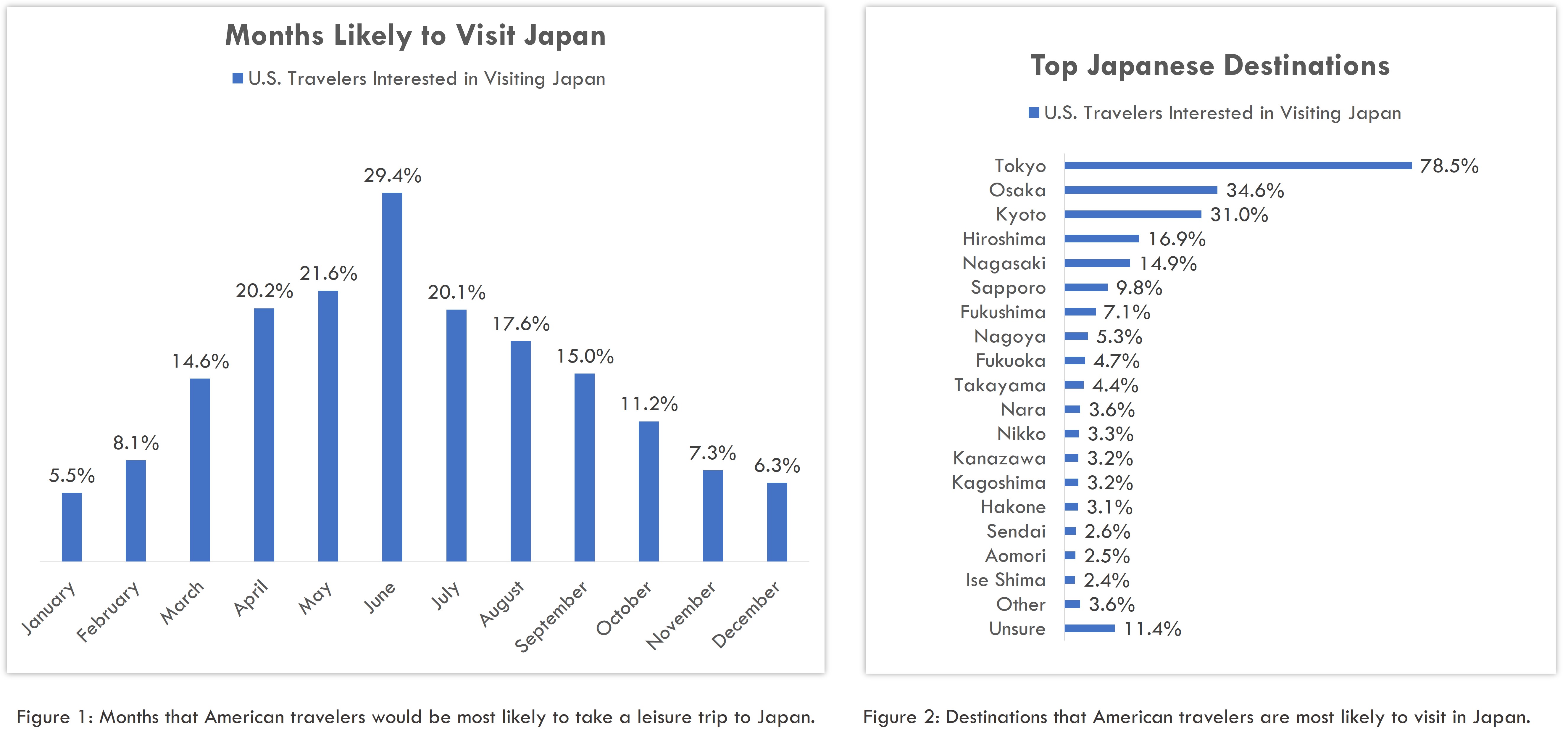
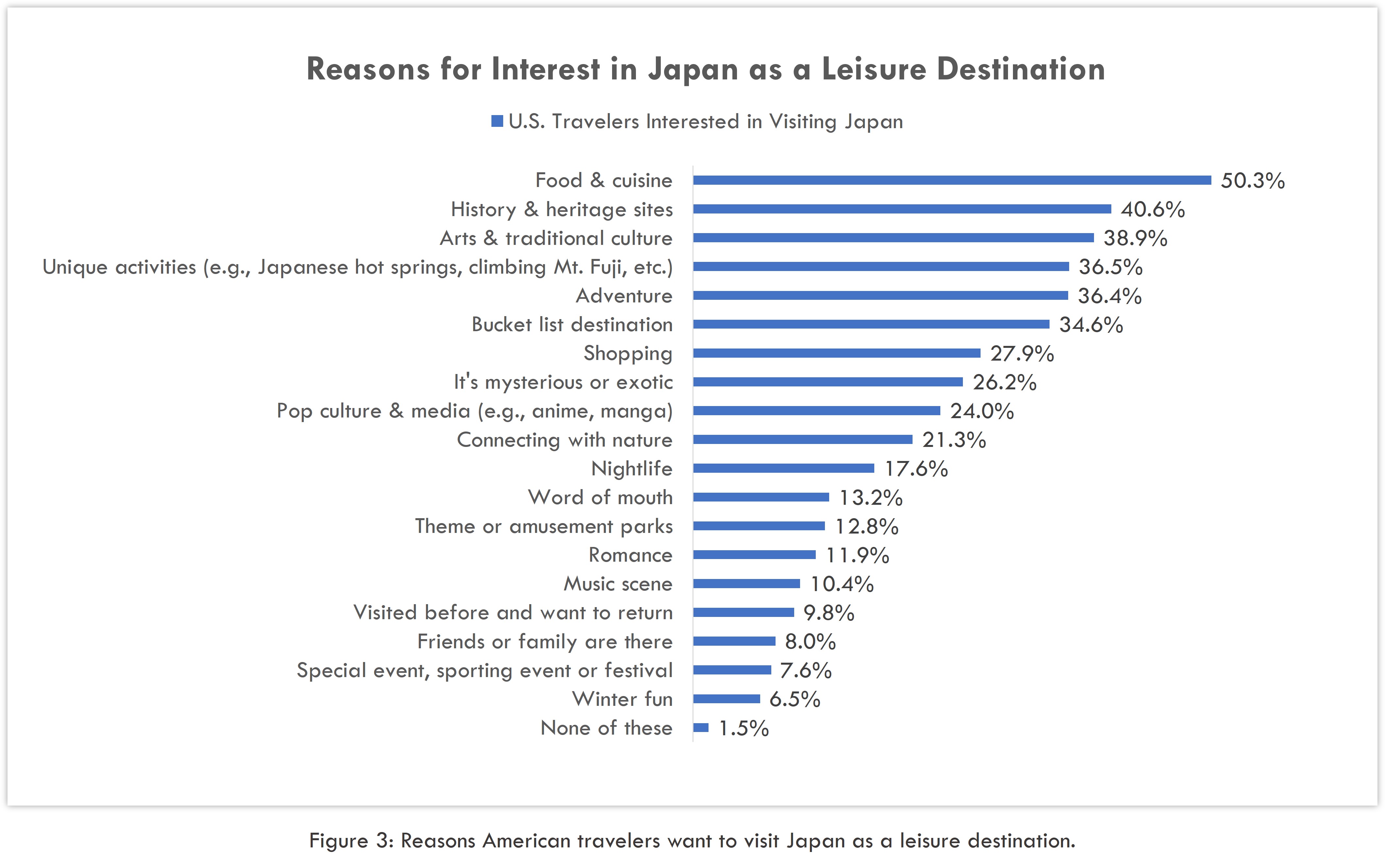

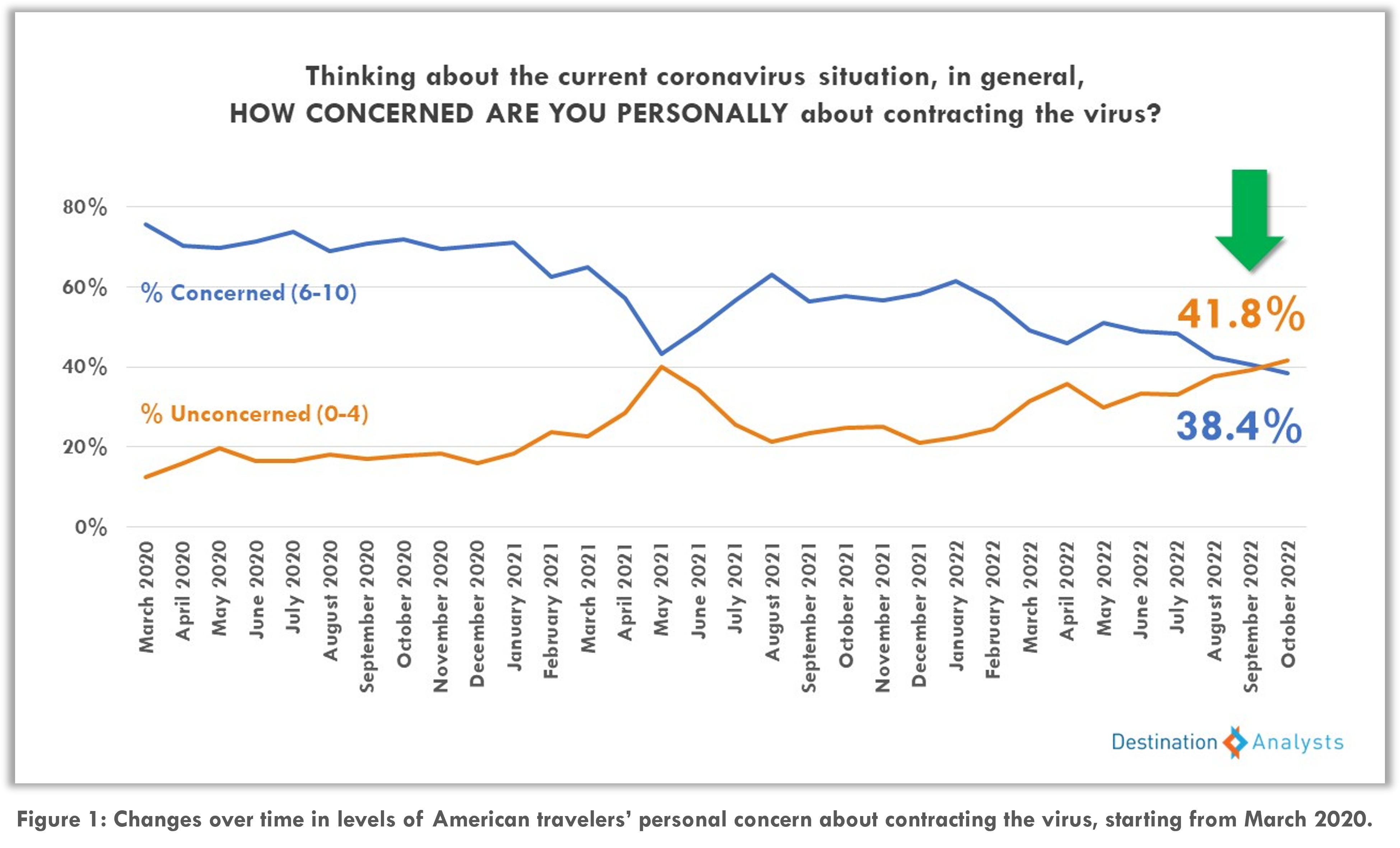
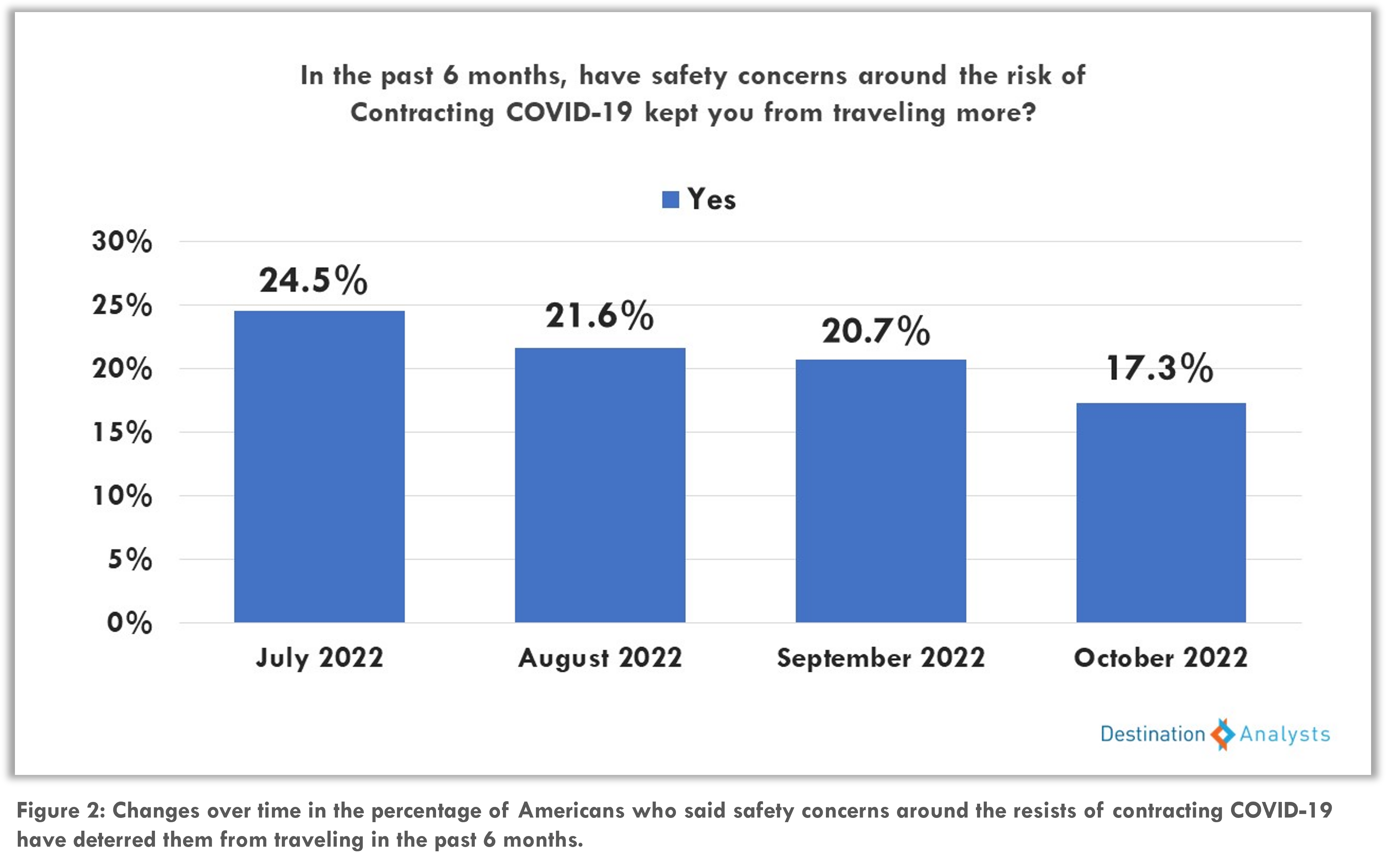
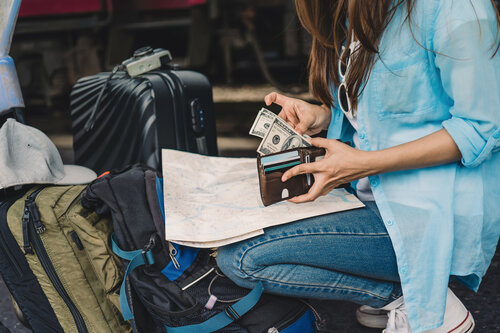


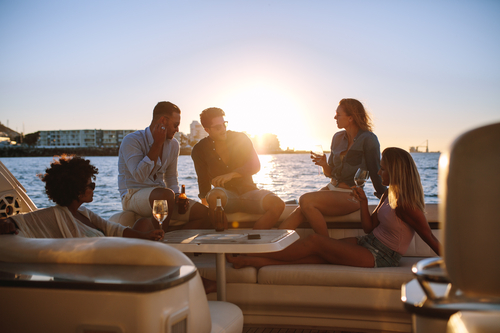


 #1 – Florida
#1 – Florida #2 – New York
#2 – New York #3 – Las Vegas
#3 – Las Vegas #1 – Italy
#1 – Italy _______
_______ #3 – Mexico
#3 – Mexico